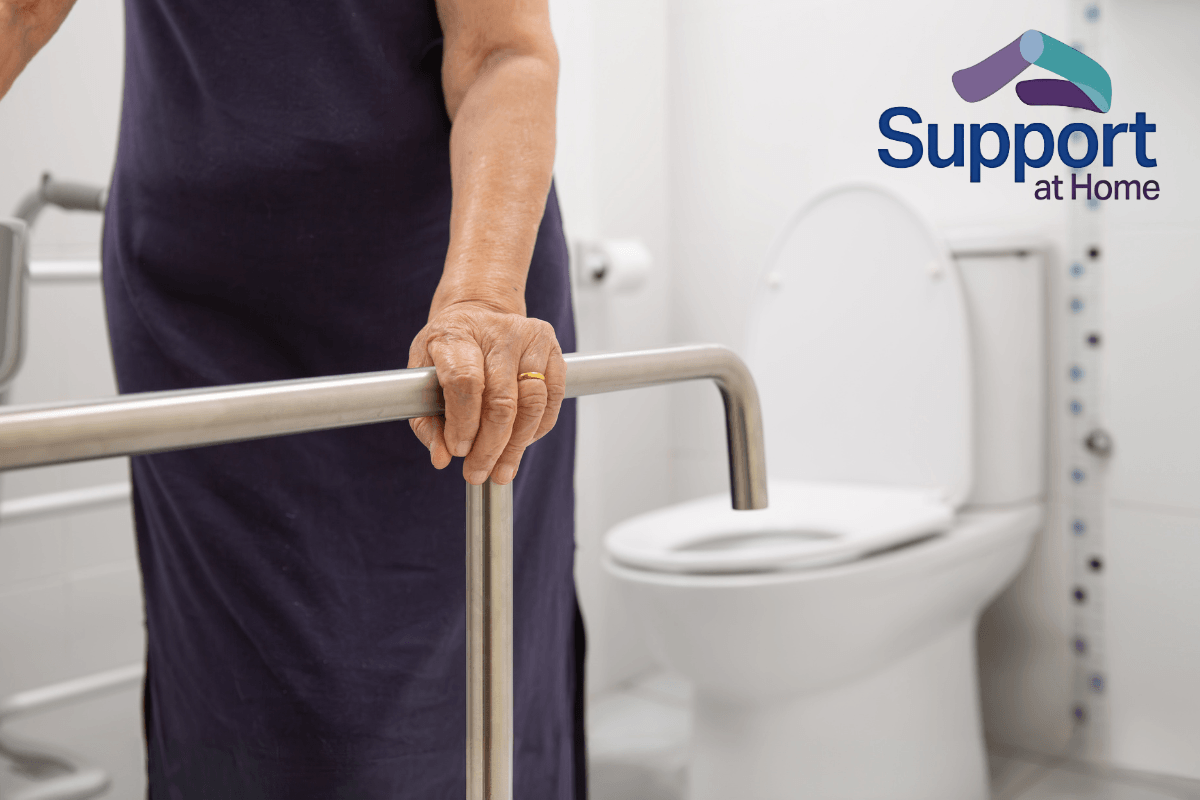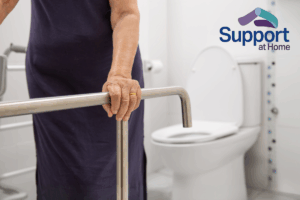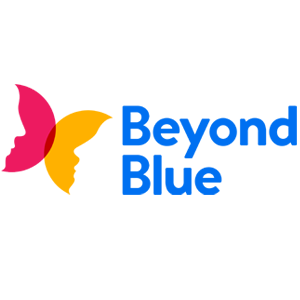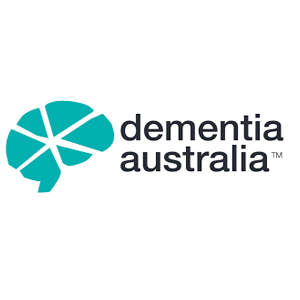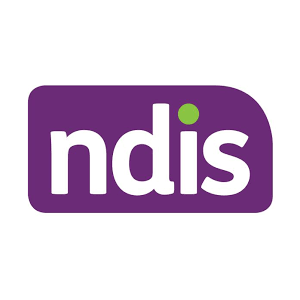Big changes are on the horizon for aged care in Australia. From 1 November 2025, the Support at Home Program will officially replace the current Home Care Packages (HCP) and Short-Term Restorative Care (STRC) programs. If you or your loved one is receiving (or considering) government-funded support to stay at home, this is a significant update to be across.
At Home Care Assistance Australia, we’re committed to making this transition smooth, clear, and empowering. In this blog, we break down what the changes mean, who they impact, and how you can prepare for this new chapter in home care.
What Is the Support at Home Program?
The Support at Home Program is a new government-funded aged care initiative designed to simplify how older Australians access care and services at home. It combines multiple existing programs into one streamlined system, offering more flexible support tailored to each individual’s needs.
Here’s what’s changing at a glance:
| Feature | Current HCP/STRC | Support at Home |
| System | Separate programs | Single program |
| Funding | Daily, package-based | Quarterly, service-based |
| Tiers | 4 package levels | 8 funding levels |
| Fees | CM fees capped at 20%, PM fees at 15% | CM fees capped at 10%, PM fees included in service cost |
| Equipment/Home Mods | Drawn from package budget | Separate funding available |
This move is designed to address longstanding challenges around complexity, affordability, and accessibility, giving older Australians and their families a more responsive and transparent care experience.
Who Will This Impact?
The Support at Home Program is relevant to:
- Current Home Care Package recipients
- Those receiving Short-Term Restorative Care
- New applicants for government-funded home care
If you’re already receiving services through HCP, your care will transition automatically, with minimal disruption. You’ll be assessed under the new system when your current review comes due, and your provider will work with you to manage the transition.
For new clients, the onboarding process will be simpler and more flexible, with faster access to the services that support independence and wellbeing.
How Will Funding Work?
One of the biggest updates is a shift from a package-based model to service-based quarterly funding, with rollover caps to prevent unused funds from being lost. Depending on your assessed level, you may be eligible for one of eight funding tiers, ranging from:
Level 1: $2,674.18 per quarter
Up to Level 8: $19,427.25 per quarter
Additionally, the program includes specialised funding options, such as:
Assistive Technology & Home Modifications (AT-HM): From grab bars to bathroom upgrades, with funding tiers up to $15,000+
Restorative Care Option: For short-term recovery support (up to 12 weeks), with $6,000–$12,000 in allied health services
End-of-Life Pathway: Up to $25,000 over three months to support palliative care and comfort at home
These funding options are in place to ensure your care plan isn’t limited by one-size-fits-all thinking.
What Services Will Be Included?
The Support at Home Program offers a broader, more adaptable menu of services:
Clinical care: Nursing, physio, occupational therapy, continence support
Independence support: Help with showering, dressing, taking medication
Everyday living support: Housekeeping, gardening, shopping, transport
Respite care: Short-term breaks for family caregivers
Home safety & modifications: For improved mobility and access
Your services can evolve with you. You and your provider will review your plan regularly to ensure it’s still meeting your needs.
At Home Care Assistance Australia, we offer personalised care planning and coordination to help you access every relevant service, without the stress of managing it all alone.
Where Can You Learn More?
To learn more about what to expect you can check out the Australian Government Support at Home manual. Additionally, Home Care Assistance is here to help every step of the way.
If you’re based in Sydney, Home Care Assistance Australia will be running information sessions across Sydney East, including:
Retirement villages
Over-50s resorts
Community centres
These sessions are designed to:
- Explain what’s changing and why
- Walk you through transitioning from HCP to Support at Home
- Help you understand funding, services, and assessments
- Answer your questions in a relaxed, supportive environment
Can’t make a session? Contact us for a one-on-one consultation, either in person or over the phone.
When Should You Start Planning?
Although the official start date is 1 November 2025, early preparation is key.
Current clients: Your provider will contact you about the changes in advance.
New clients: Now is a great time to get assessed and start exploring your care options.
Visit My Aged Care to begin the process or reach out to us directly – we’ll walk you through every step, including assessments, funding, co-contributions (income-tested fees), and provider selection.
In Summary
The Support at Home Program is a significant step forward in aged care, offering greater choice, flexibility, and value for older Australians who want to live safely and independently at home.
At Home Care Assistance Australia, we’re not just ready for the change, we’re here to make sure you are too.
Support at home from a specialist provider, such as Home Care Assistance, can bring enormous benefits and comfort to your quality of life while living independently at home. Home Care Assistance offers viable solutions for supporting independent living. For more information, get in touch with a Home Care Assistance near me today.
Join Our Newsletter
Our Latest News
As a leading age care provider, Home Care Assistance offers tailored in-home care services for older Australians, enabling them to live happier and healthier lives in the comfort of their own homes.
We offer private and government subsidised Care Packages and have office locations that are a registered NDIS provider. Our Care Workers undergo extensive training in order to deliver unmatched in-home aged care services where people can continue ageing in place. We are proud ambassadors of the My Aged Care government funded aged care program, enabling Australians to successfully navigate the process and gain approval for in-home care support packages. Home Care Assistance offers hourly care, specialised care, Alzheimer’s and Dementia care, hospital to home care, and 24 hour in home care.


